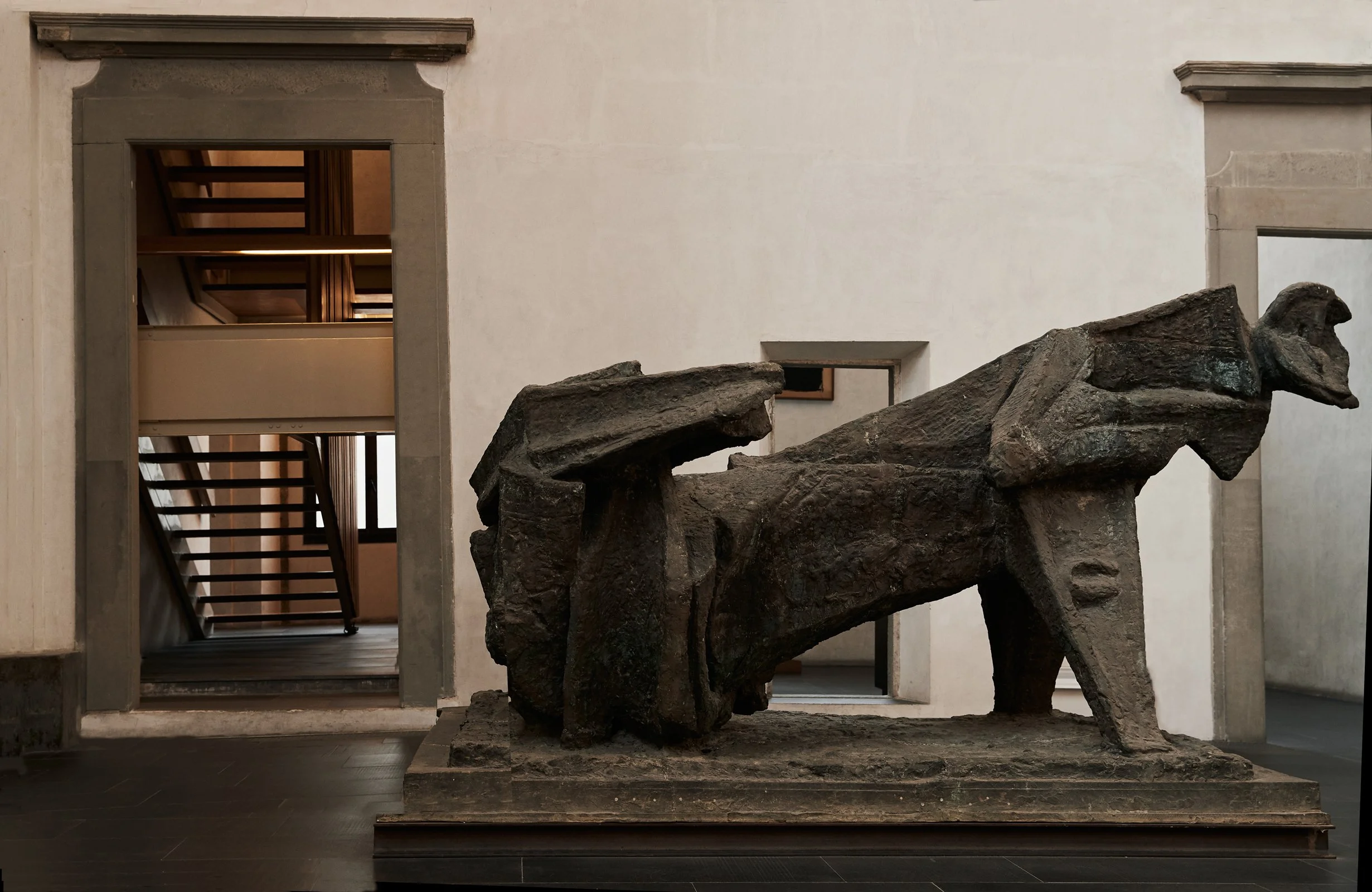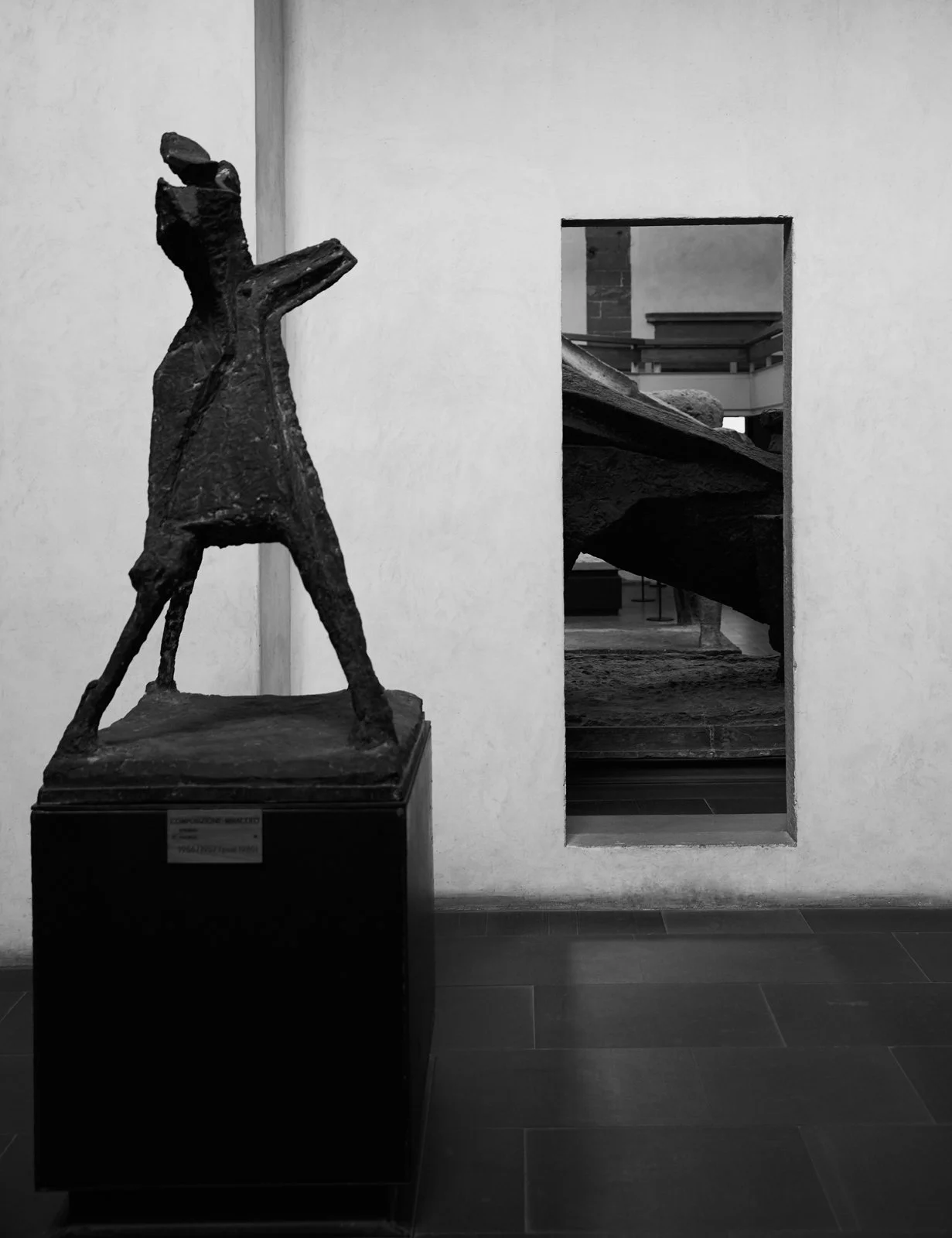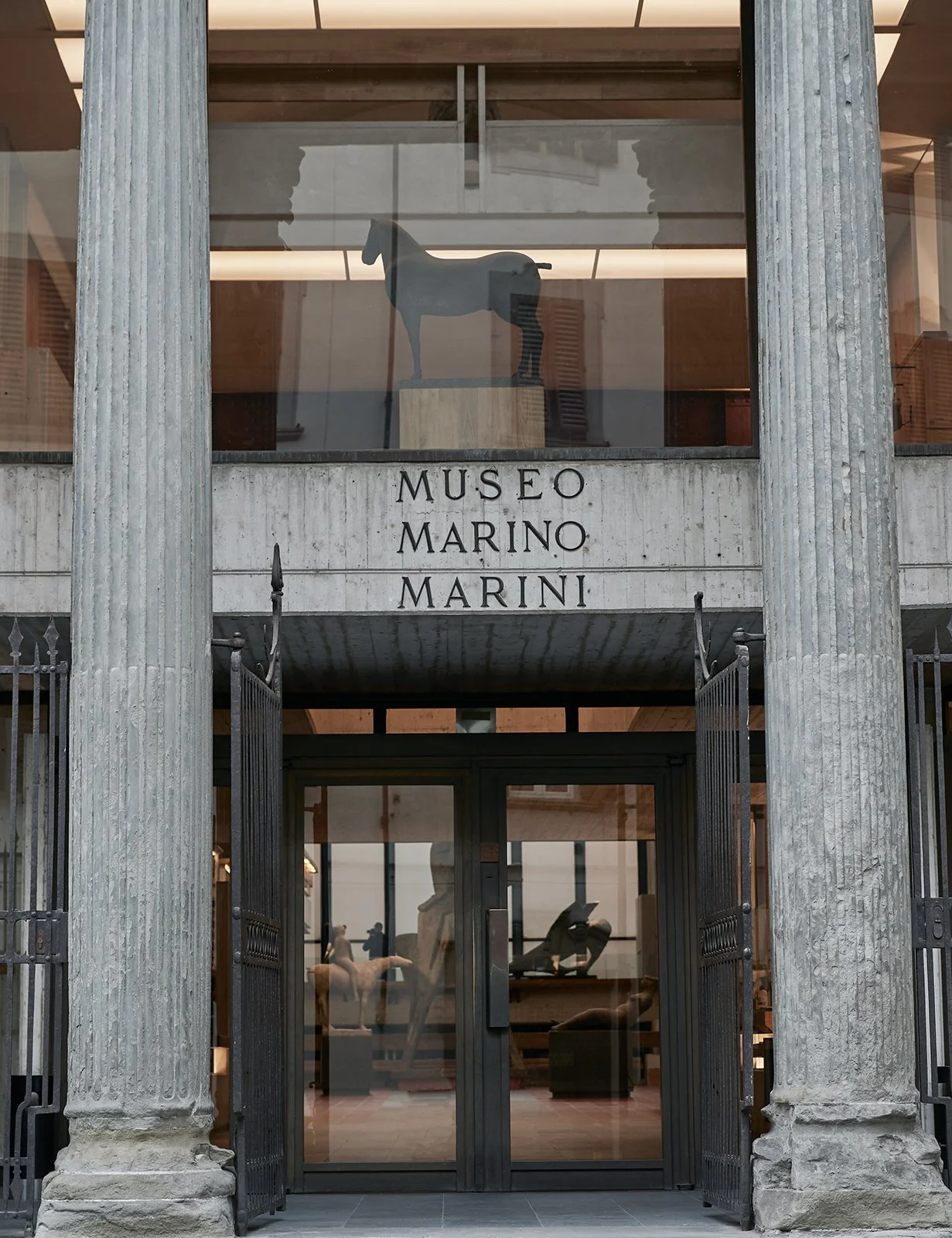Museo Marino Marini
Category: Art & Architecture
Location: Florence, Italy
Marino Marini was one of Italy’s most popular 20th century sculptors, appreciated for his sense of minimalist shapes and understated silhouettes.
The Florence-based museum dedicated to his work is located in a former church, San Pancrazio.
Founded by Charlemagne, the church’s documentation can be traced back all the way to 931.
Since 1808, it is no longer considered a holy site, and instead it has been used for a variety of things, including the Florence city lottery and as a tobacco factory.
In the 1980s, the building was redesigned for the Marini sculpture collection.
Architects Lorenzo Papi and Bruno Sacchi took inspiration from Marini’s particular eye for shapes, and repurposed the church to fit Marini’s artistic vision.
It is the second largest collection of his work, after the collection dedicated to him in Pistoia, his original hometown.
Within the walls of the ex-church is also the Rucellai Sepulchre (or the Sacellum of the Holy Sepulchre).
It dates to the 15th century (completed in 1467) and is a small funeral chapel that contains the tombs of Giovanni Rucellai and members of his family.
Its design emulates the Holy Sepulchre in Jerusalem’s Anastasis.
Marini was trained as a painter but worked primarily as a sculptor, inspired by the style of Etruscan art and the sculptures of Arturo Martini.
He was part of an international artistic community, regularly visiting Paris to remain updated.
In 1943, he went into exile in Switzerland, before returning to Italy in 1946, when he settled permanently in Milan.
He was often rewarded for his art; he was awarded the Grand Prize for Sculpture at the Venice Biennale in 1952, and the Feltrinelli Prize at the Accademia dei Lincei in Rome in 1954.
Throughout his life, his work revolved around certain themes.
One was the equestrian subject; Marini would repeatedly return to the stylized image of man with outstretched arms, sitting on a horse.
The evolution of the horse and rider reflects his artistic development.
The first time the theme appeared, in 1936, the proportions were slender and the two appeared calm, almost formal.
The year after, the horse was depicted rearing and the rider gesturing. By the 1940s, the forms were simpler and more archaic.
In Marini’s final work, the rider is unseated, as the horse falls to the ground, reflecting his own growing concerns for the future.
The museum preserves 183 works by Marino Marini – in the shape of sculptures, paintings, drawings, and engravings.
They are arranged thematically, with the equestrian sculptures placed in the centre, immersed in natural light coming from the large skylight.
This is in line with Marini’s own philosophy that art should be viewed in natural daylight (and not placed on a pedestal in a dimly lit room).
The museum showcases exclusively Marini’s art, produced between 1916 and 1977, exhibited on the four levels of the museum.









